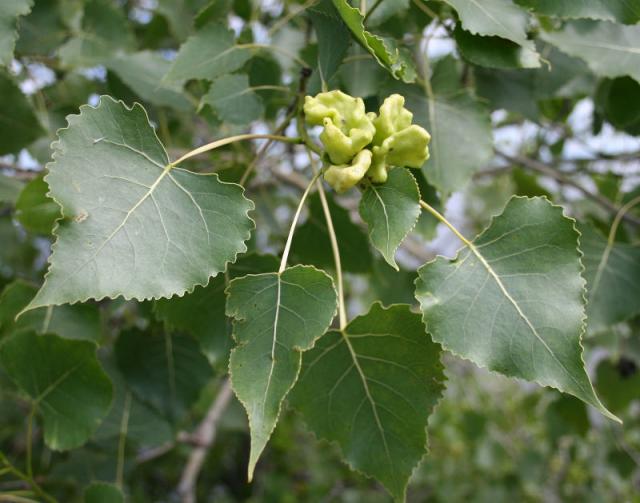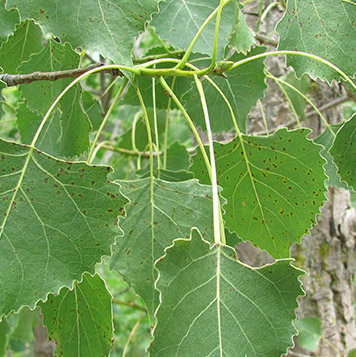eastern cottonwood tree uses
At 70-80 years of age the Eastern Cottonwood is considered an old tree and begins to deteriorate. They are also good pioneer species growing quickly to provide a good habitat for other woodland trees and eventually being out-competed by those trees.
Windbreaks are occasionally established with cottonwood as a component.
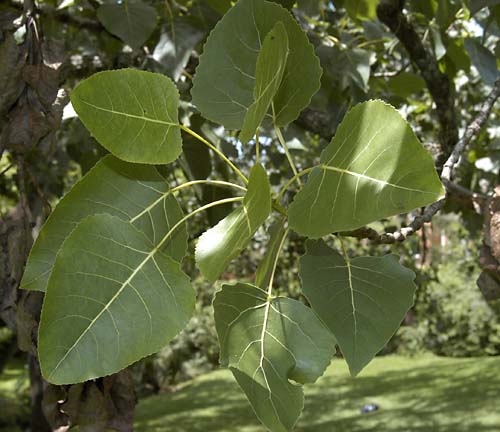
. Eastern cottonwood is a large fast-growing tree found along streams rivers and lowland areas. They require lots of water and can typically be found along riverbanks or near ponds. Trees are planted for dune fixing in erosion control programmes.
To the Mohave Indians the cottonwood was also a primary resource. Humans can consume sweet sprouts and eastern cottonwood inner bark. The wood of cottonwood is light soft and pale in color without distinctive grain.
It is native to eastern North America through the Midwest and Chicago region. Because the eastern cottonwood grows so quickly its wood isnt going to be super strong straight-grained or particularly attractive. Fragrant oils obtained from the eastern cottonwood are used in the cosmetic industry for the manufacture of lip balms and massage oils.
Eastern cottonwood may be used as natural erosion control in areas with suitable soil according to. Cottonwood leaflets Eastern cottonwood one of the largest eastern hardwoods is short-lived but the fastest-growing commercial forest species in North America. Shelving framing paneling sub floors crates pallets lowboy decks saddles and caskets.
Some uses are red oak cabinets with cottonwood shelves and also framing lumber sub floors crates boxes paneling and even caskets. Due to its large size weak wood and penetrating roots it is best used on large properties away from residential areas. Ironically the wood of the trees are soft.
This tree rarely exceeds 125 years of age. Cottonwood trees provide cheap timber for making pellets boxes crates and also pulp for paper. Historically cottonwood earned its place as a landscape tree because it grows rapidly adding up to 6 feet a year.
Cottonwood is suitable for soil stabilization where soil and moistur. Uses of the Eastern Cottonwood Despite its poor grade of wood this tree does have some uses. Theres a cottonwood for nearly any region with different hardy types in Zones 2 through 9.
A fairly wind resistant tree it can be grown as part of a shelterbelt planting. The leaves of eastern cottonwoods help identify the tree from a distance. However it can tolerate.
The Hopi and Pueblo kachina dolls could only be carved from cottonwood roots-. So named for its cotton-like strands that accompany the trees seeds in the spring. Male clones which have none of the objectionable cotton associated with seed are preferred.
Eastern cottonwood Populus deltoides is one of the largest North American hardwood trees although the wood is rather soft. It can also be difficult to turn because of the silica content and tendency to tear out. For most shade or windbreak uses select a male selection to avoid the cotton problem during seed production.
Native to North America particularly in the Upper Midwest. Its primary uses have included pallet lumber boxes and crates hidden furniture parts and more recently for dimension lumber. Insects that Can Affect Eastern Cottonwood.
They ate the trees raw catkins consumed its inner bark as medicine and wove baskets from its green twigs. Well suited for a wet or low spot in your yard. The trees are also used in large parks to attract different kinds of wildlife and create windbreaks.
Makes for a great shade tree especially away from homes or structures like in parks or large open lawns. Cottonwood has been used for windbreaks and soil stabilization. What is eastern cottonwood used for.
Where it is native to. Its also a favorite for shade with the large spread helping to cast cooling shade over homes and streets. Mice rabbits and deer eat eastern cottonwood twigs and bark.
Cottonwood has been used for many things through the years including. Cottonwoods are fast growing trees that can be planted to give quick shade to a sunny area in the garden. And the higher quality cottonwood has been used in turning.
Eastern Cottonwood Tree Populus deltoides Family Salicaceae Willow Cottonwood Aspen. How do you identify an eastern cottonwood tree. Wood of eastern cottonwood is used for the manufacture of paper pallets boxes lightweight furniture and as a firewood.
However its wood is still used in the manufacturing of plywood and is used for the interior parts of furniture as well. Eastern cottonwood is a fast-growing tree it grows 6 feet per year. Eastern cottonwood is also called Carolina poplar eastern poplar necklace poplar and Ãlamo.
Uses for Cottonwood Shade Tree. Eastern cottonwood has thick bark which prevents damage of the inner delicate wood. Whenever you make a product that concentrates the compounds of an edible plant the product may not be edible anymore use caution if using any concentrated product internally.
It grows best on moist well. Boxescrates veneer plywood and various utility purposes. Utilized by mammals sapsuckers and songbirds for food or shelter.
Other medicinal uses of cottonwood bark have been recorded such as treatment of whooping cough tuberculosis colds and intestinal parasites. This tree is highly shade intolerant and is susceptible to fire. The bark of eastern cottonwood trees is regularly fed to horses.
The eastern cottonwood produces fragrant oils used in the cosmetic sector to make lip balms and massage oils. Due to the fact that cottonwood lumber is soft yet durable it has many uses in the timber industry. Eastern Cottonwoods Populus deltoides are large deciduous trees.
Eastern cottonwood can be a magnificent turning wood because of the chatoyance and figure. Medicinal use of Eastern Cottonwood. In This ArticleExpand.
Eastern cottonwood is frequently planted to give quick shade near homes. Eastern cottonwoods are very fast-growing trees which makes them commercially important for materials such as plywood used in construction. Pollen of eastern cottonwood induces allergy in susceptible individuals.
Deep planting permits reforesting of nonproductive fields with sandy soils having available moisture beneath a dry surface layer. Because this wood is. You can surf the web at any time and find fine art and bowls that have been created from cottonwood burl and burl cluster.
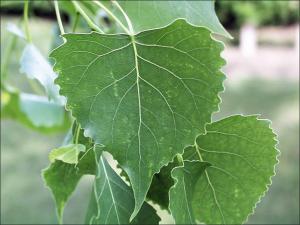
Eastern Cottonwood Natural Resource Stewardship
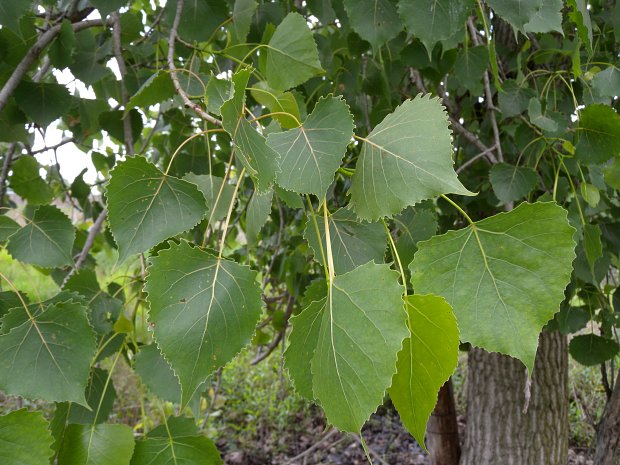
Eastern Cottonwood Populus Deltoides

Cottonwood Tree Guide Identification Of Eastern Leaves Seeds More
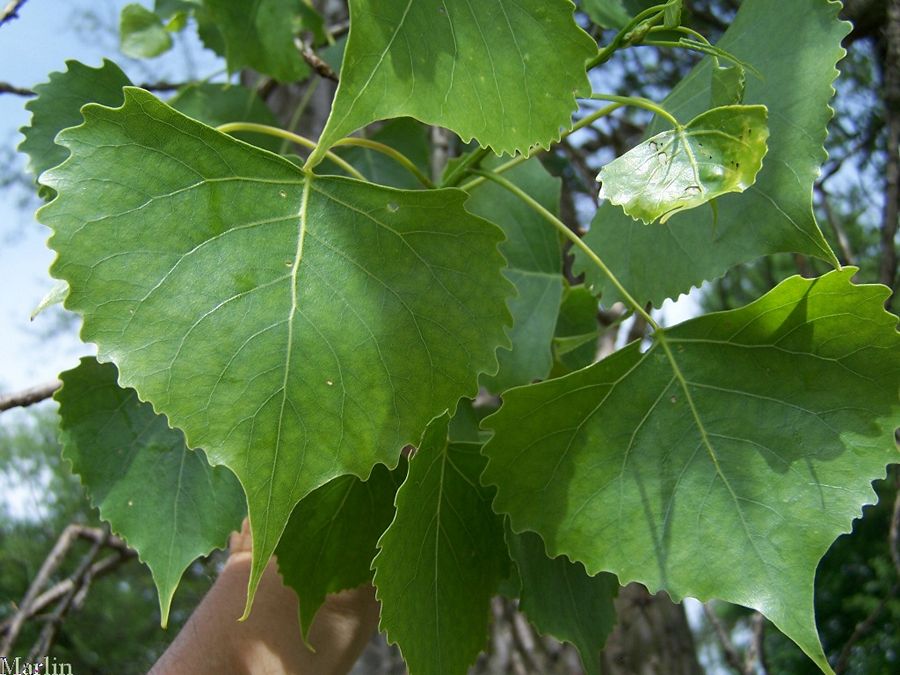
Eastern Cottonwood Populus Deltoides North American Insects Spiders
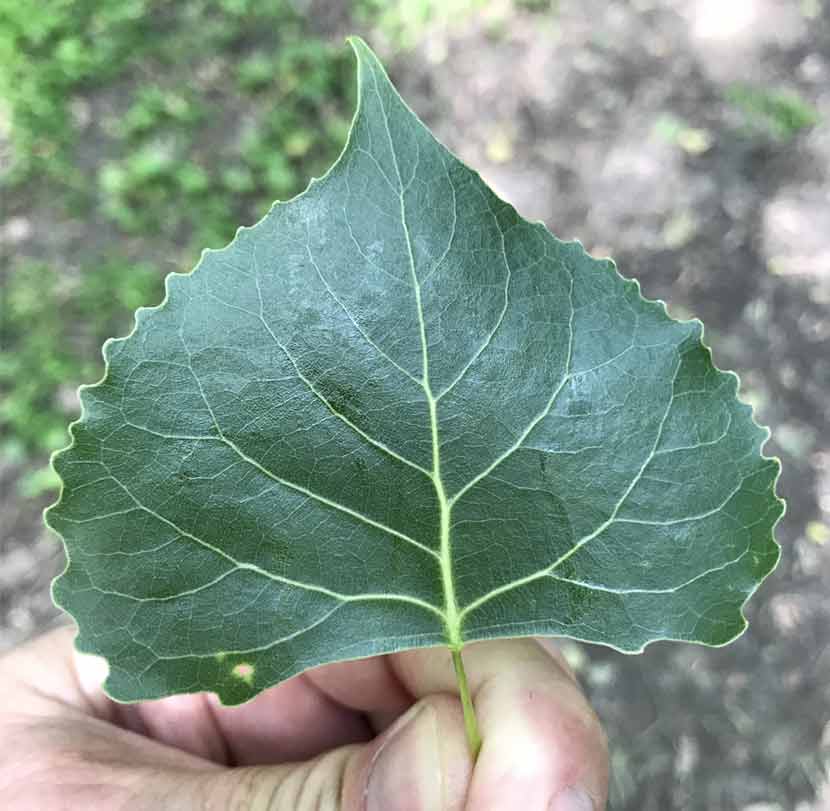
Species Spotlight Eastern Cottonwood Three Rivers Park District
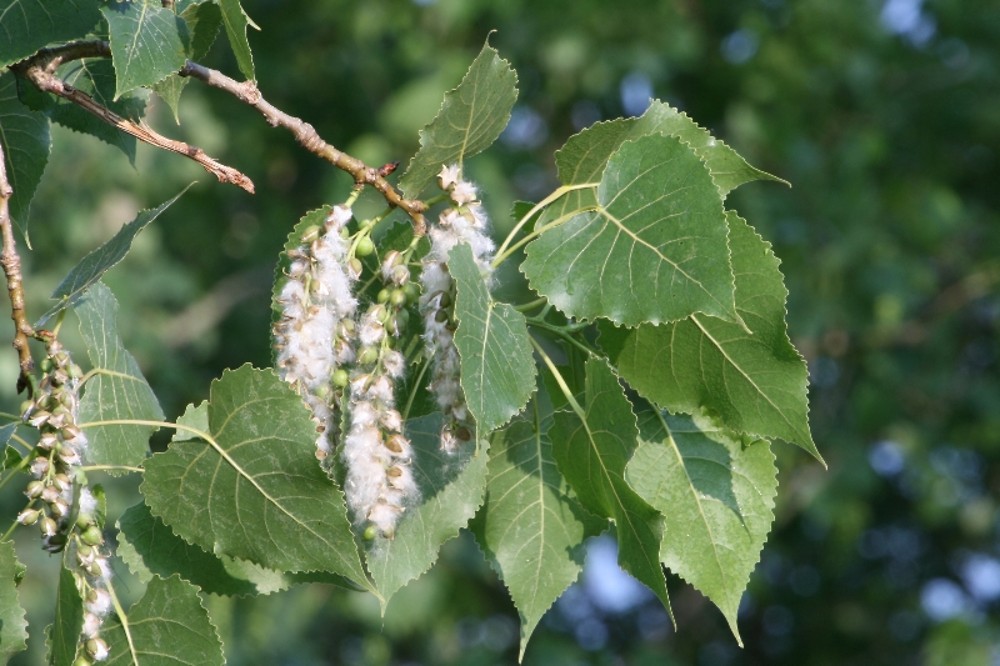
Populus Deltoides Eastern Cottonwood Necklace Poplar Go Botany

Cottonwood Trees Of Manitoba Inaturalist

Eastern Cottonwood Populus Delotides The Arboretum
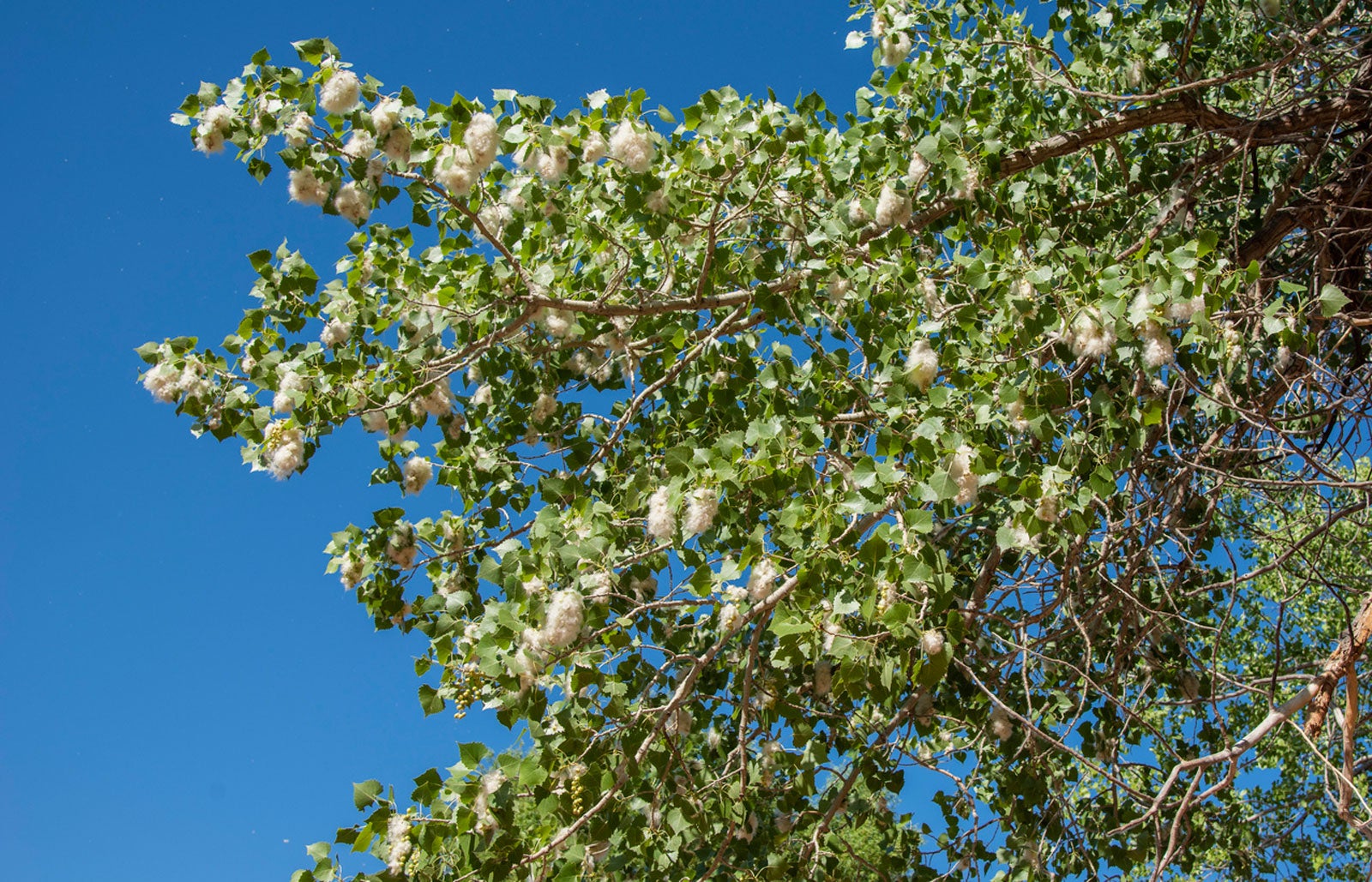
Cottonwood Tree Facts How Fast Does A Cottonwood Tree Grow

Cottonwood Trees Of Manitoba Inaturalist

Cottonwood Eastern Cottonwood Poplar Eastern Cottonwood Southern Cottonwood Mdc Teacher Portal

Populus Deltoides Eastern Cottonwood Salicaceae
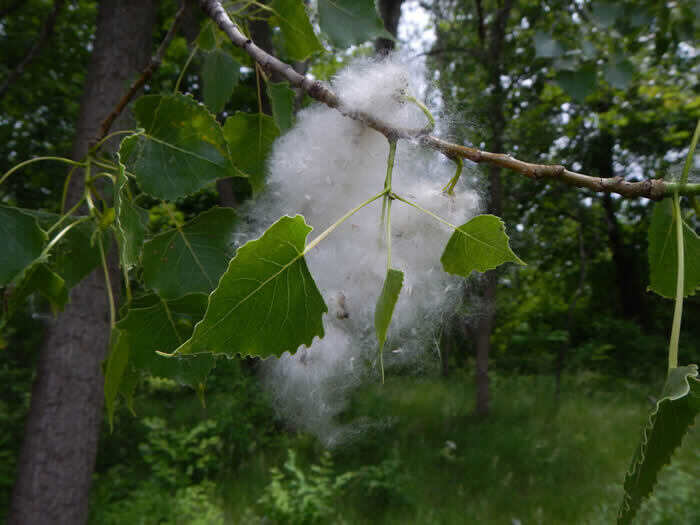
Eastern Cottonwood Populus Delotides The Arboretum
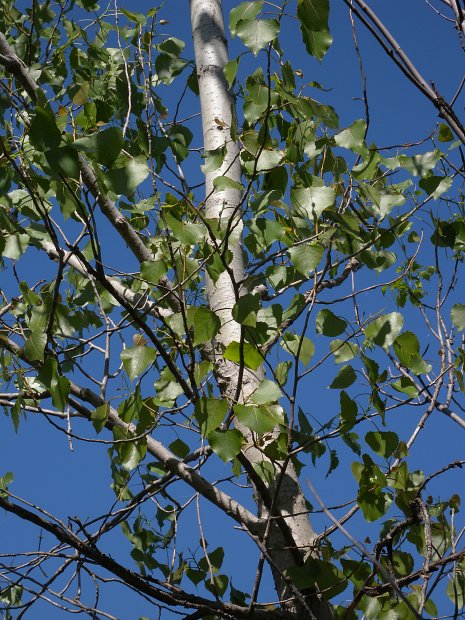
Eastern Cottonwood Populus Deltoides

Populus Deltoides Eastern Cottonwood
